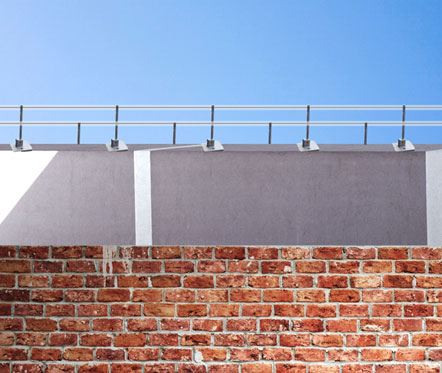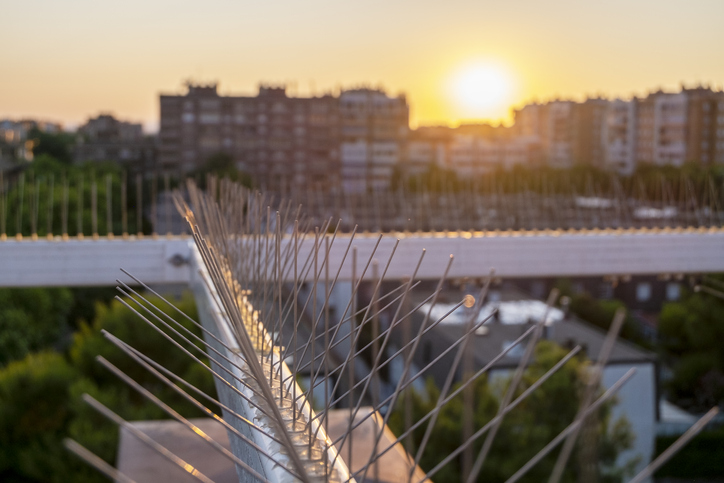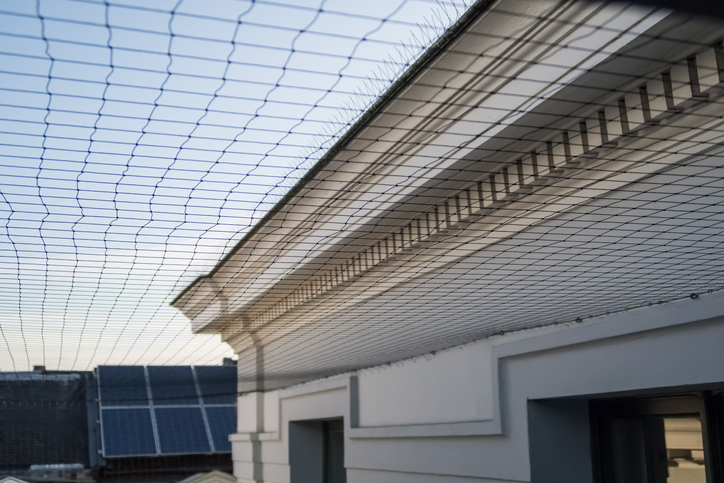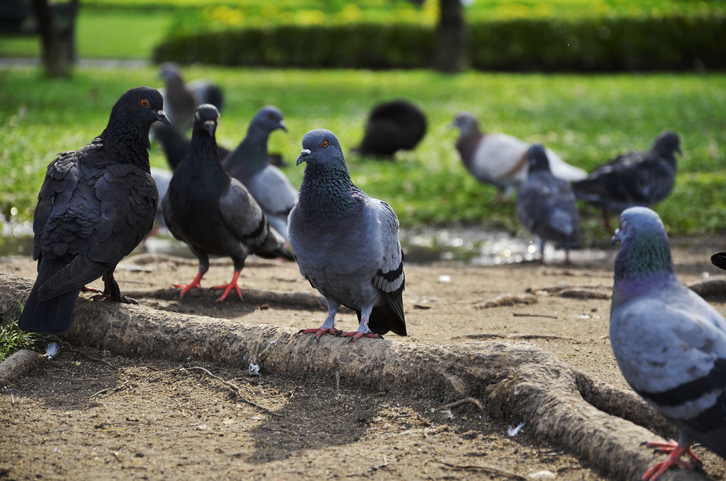Feral pigeons are a well-adapted pest in the city, feeding on scraps of food and harbouring in and around buildings.
With this comes significant mess; their nesting materials and droppings are unsightly and smelly which is a health hazard that can spread diseases. fouling defaces buildings, can damage paint work on vehicles and droppings on pavements can be a slip hazard.
Various proofing methods are available to deal with your pigeon problem. Whether you need pigeon control in the city or country, Lambeth Council Pest Control is the specialist provider for all pigeon proofing methods.
Methods include:
Why choose us?

Pigeon wire is extremely effective on light pressure areas, where birds only alight during the daylight hours, but this means it is not suitable for nesting sites. We have a variety of other options and methods of bird proofing that ensure we have a solution for any building.

Feral pigeons are a well-adapted pest in the city, feeding on scraps of food and harbouring in and around buildings.
With this comes significant mess; their nesting materials and droppings are unsightly and smelly which is a Health hazard that can spread diseases.
Fouling defaces the buildings and can damage paint work on vehicles, Fouling on Pavements can become a slip hazard, leaving businesses open to possible claim insurance.

Bird netting is one of the most common methods of bird proofing, often used to encase plant or machine-heavy areas, or to cover loading bay canopies, balconies, and roofs.
Bird netting and meshing methods are versatile and can be used in most applications. Where necessary, nets can be raised over a building, to allow personnel access underneath.
Lambeth Pest Control use bird mesh to prevent access beneath solar panels or air-conditioning units.
Our netting has been installed across various locations within Lambeth including schools, residential areas, and business.
The use of pigeon netting is one of the most effective and long-lasting methods of bird pest control, helping to protect a building against urban birds. Lambeth Pest Control use quality polyethylene bird netting, which is effective in proofing light wells, building frontages, canopies, roof spaces, eaves and other areas used by pigeons, gulls, starlings, and house sparrows.
Reasons to use bird netting
Adaptable – Can be used to cover shelters, bridges, canopies and signage as well as building facades. Use it horizontally and vertically in any area, large or small.
Versatile – Can be installed permanently to protect your premises or used temporarily for seasonal problems.
Harmless – A correctly installed netting system does not harm birds. It simply deters them from landing and establishing a roost on your property.
Cost Effective – Can lead to lower cleaning and maintenance costs as bird fouling problems are reduced.

Most of us like to see birds in their natural habitat, but it can be a very different matter when there are too many of them in the wrong place.
Birds like pigeons, starlings, and gulls can become a nuisance if they’re allowed to congregate on business premises.
However, there are legislative implications with any actions taken that affect bird species in the UK, governed by the Wildlife and Countryside Act (1981).
All our methods for controlling nuisance birds at Lambeth Pest Control comply with the legislation set out in the Wildlife and Countryside Act (1981) and are approved by the relevant Legislative Bodies: